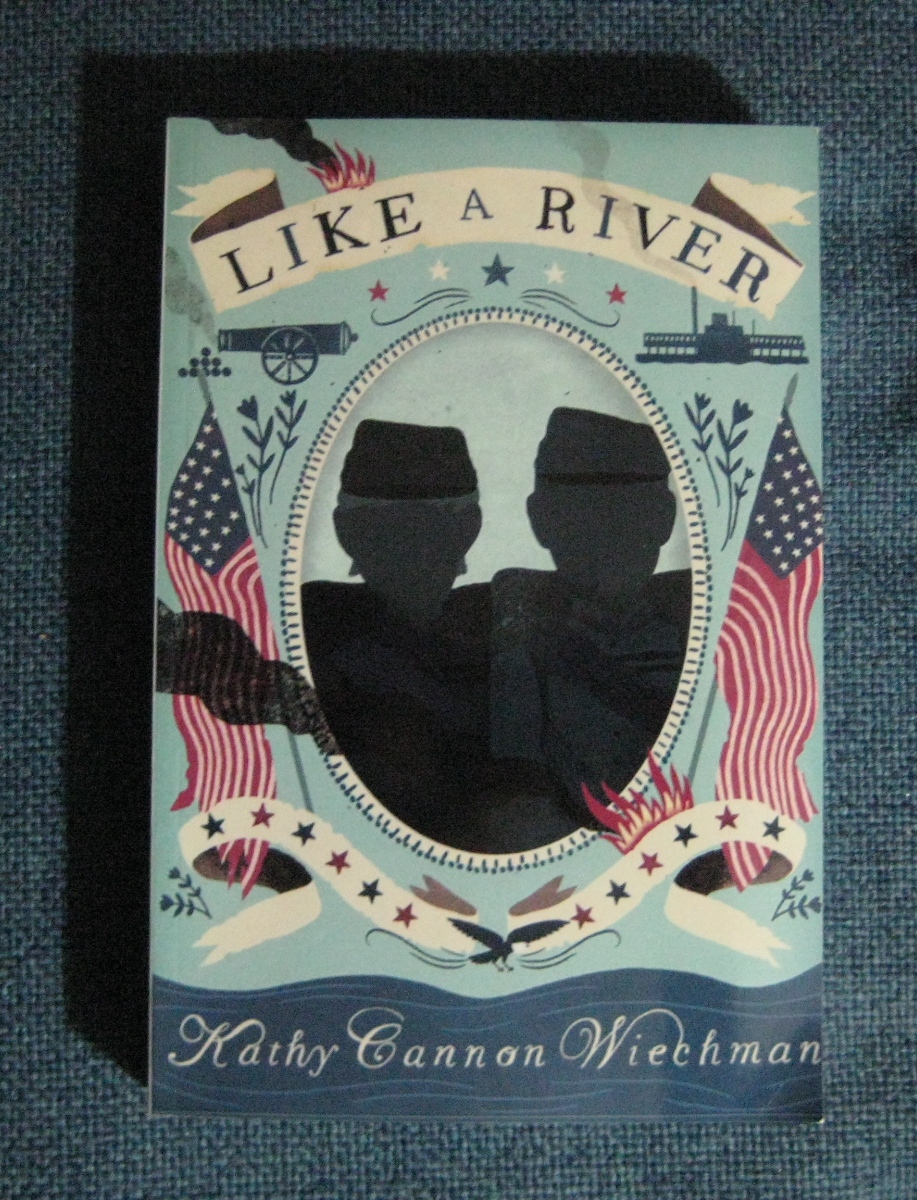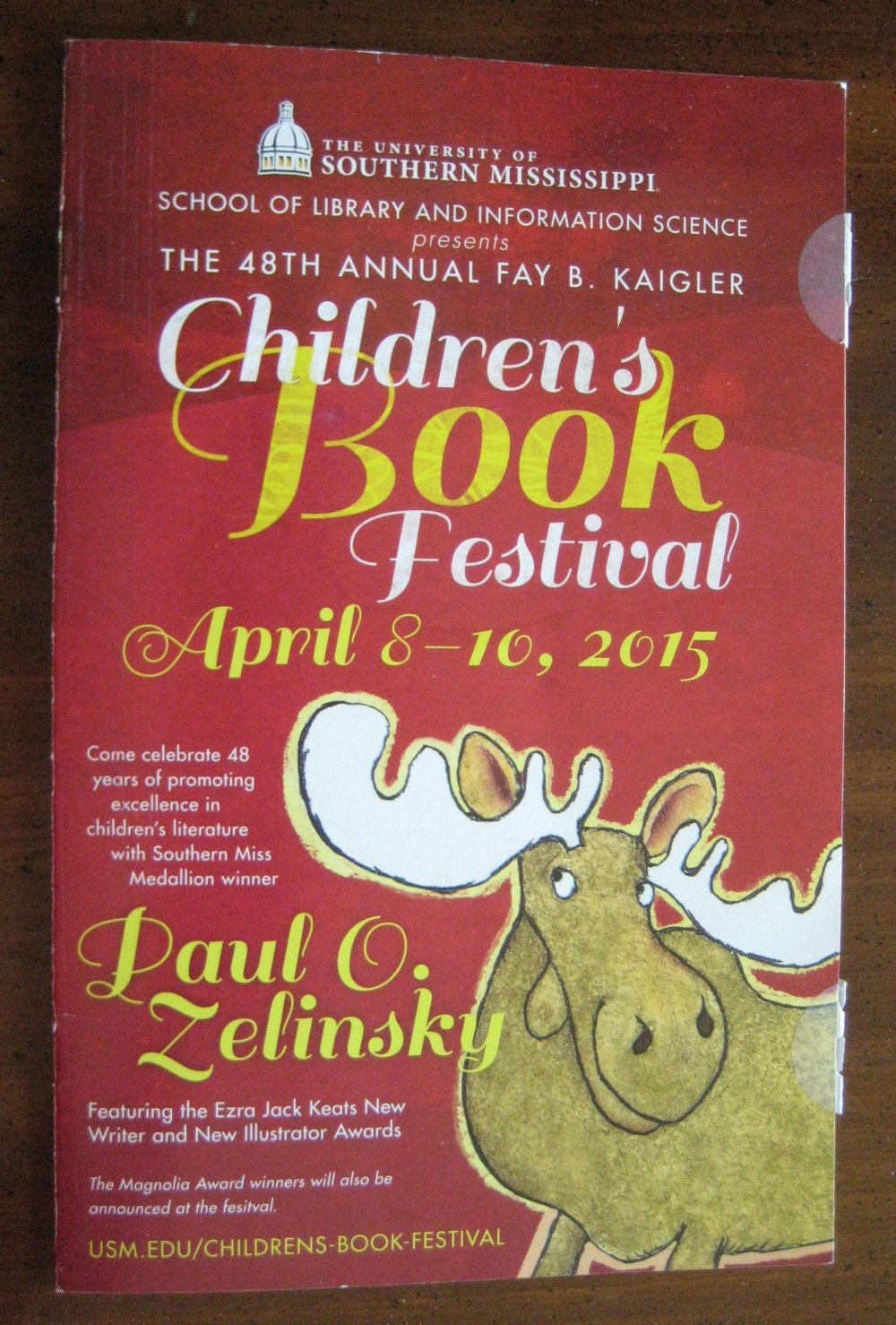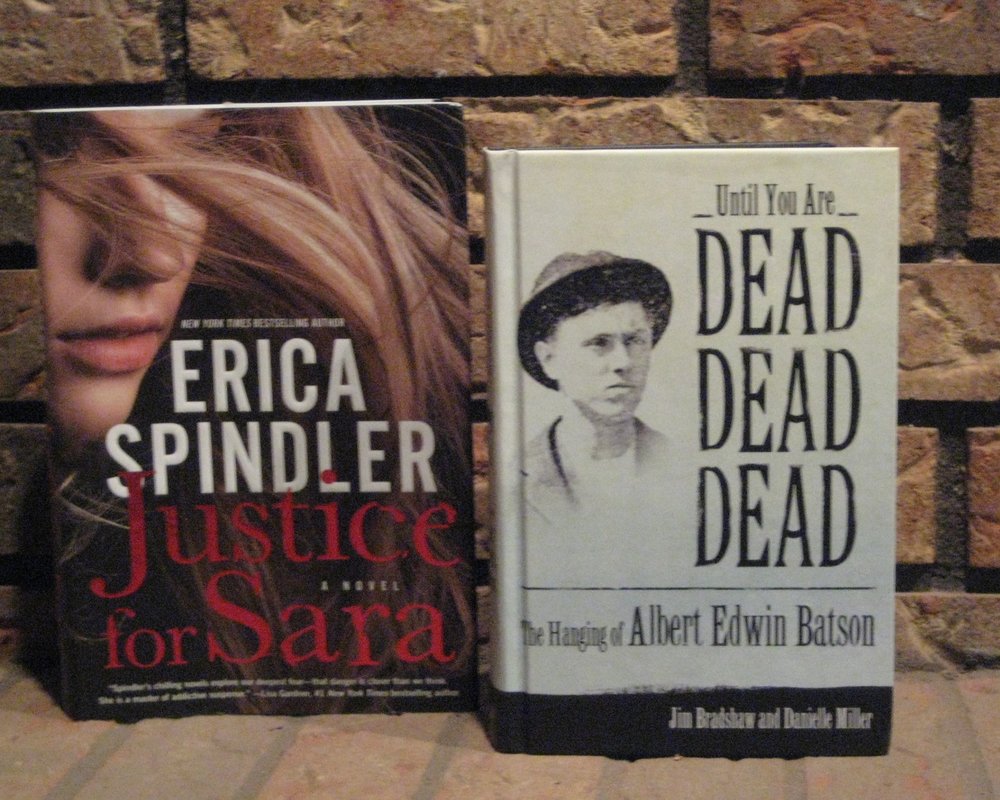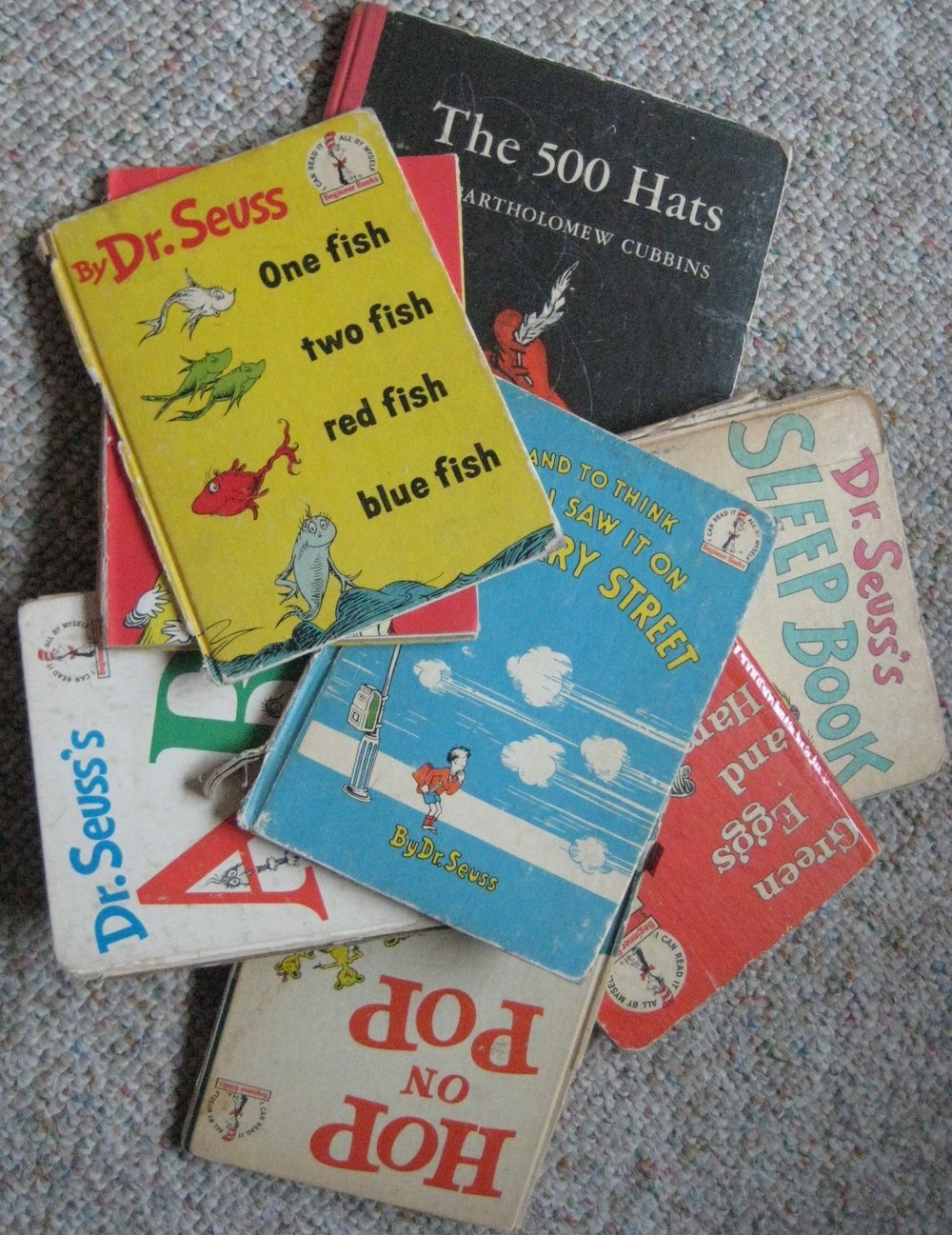 I filled a big bag with books and my credit card with charges during the recent Kaigler Book Festival – twice! Grandchildren’s birthdays are taken care of for a while. I’ll share my finds of books good enough for grandparents and grandchildren from time to time via this blog in case some of you are looking.
I filled a big bag with books and my credit card with charges during the recent Kaigler Book Festival – twice! Grandchildren’s birthdays are taken care of for a while. I’ll share my finds of books good enough for grandparents and grandchildren from time to time via this blog in case some of you are looking.
I’ll start with the quartet for the youngest set. At two and a half and one and a half, they’re not old enough to read my blog and spoil the surprise. [The older ones may not read my blog, but let’s just say it’s possible. I’ll blog about those books and why they were chosen when their birthdays come.]
These four of the Ezra Jack Keats Award Winners made it into one of those bags.
The two on the left will go in the stash to wait since they feature children who are a bit older. How do I keep up with this? There’s a list in the stash.
- · Hana Hashimoto, Sixth Violin by Chieri UeGaki, illustrated by Qin Leng (EJK New Writer Honor Award): Children will enjoy the relationships as Hana practices for her first recital with older brothers who tease and memories of a grandfather far away in Japan encouraging her beginning music. Both grandparents and grandchildren will enjoy the twist at the end that makes it right.
- · Edda written and illustrated by Adam Auerbach (EJK Honor Book): Edda, from the magical land of the Valkyries, must make adjustments when she starts to school in the land of Earth. Vaguely familiar problems will strike home to kindergarten or first grade earthlings. This is a read together book for those first days of school.
I may not be able to hold out for the two on the right until a small-for-his-age grandson has his next birthday. In both, the little people win the day!
- · Shh! I Have a Plan written and illustrated by Chris Haughton (EJK Award Winner): Four friends start out shushing the smallest one’s greetings to an exquisite bird. They have a plan, quickly understood by preschoolers watching the nets as one try after the other to catch the bird is thwarted. Both the adult and small readers will get a laugh from the little one’s triumph – probably more than once as the story is read again and again.

- · Little Elliot, Big City, written and illustrated by Mike Curato (EJK Honor Book): The irony of an elephant too small to reach things will not be lost on people short enough to empathize with him. The pictures and story work together in a delightful way to show what happens when Elliot is able to befriend someone even smaller than himself and how they work together – making it a perfect book for a little guy.
To paraphrase a title, Shh! I have a secret. Don’t tell my grandchildren what they’re getting for their birthdays. I wouldn’t want them to guess that I had bought them books.



























